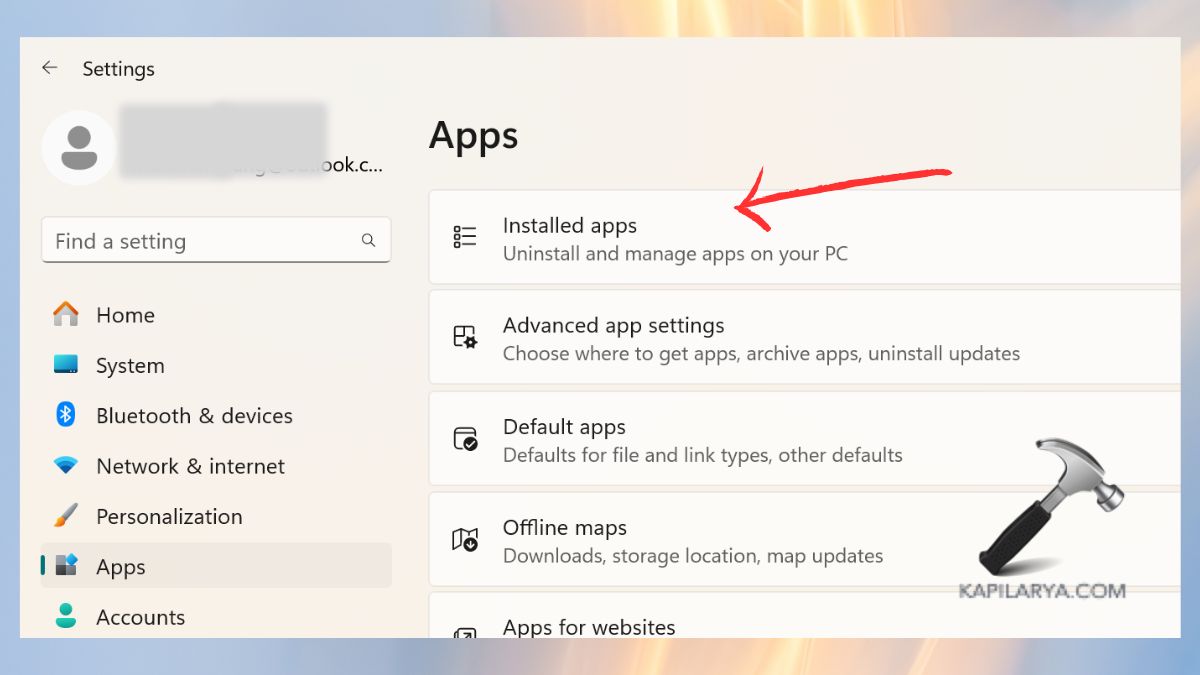Sometimes Windows 11 users may experience OneDrive using a lot of CPU and slowing their systems. If your computer’s CPU is overloaded by OneDrive, your computer might run slower, and the battery might lose its charge quicker. It usually happens after Windows is updated, there are problems with file syncing, or because of incorrect background services.
In this document, you’ll learn how to solve OneDrive exceeding CPU capacity on Windows 11 with easy methods. When your device lags, gets overheated or even if you want to improve how things run, these guidelines will help lower OneDrive’s CPU impact and speed things up.
Page Contents
Fix OneDrive high CPU usage on Windows 11
Method 1: Disable Telemetry to Reduce OneDrive CPU Usage
Note: You can access this setting on Windows 11 Pro or Enterprise edition only.
Running telemetry services in Windows 11 may result in OneDrive accessing the CPU more than it should. Stopping the telemetry you do not need can consume less of your computer’s resources.
1. Hold down the Windows and R keys, type this, and press Enter. This brings up the Local Group Policy Editor.
gpedit.msc

2. Navigate to-
Computer Configuration > Administrative Templates > Windows Components > Data Collection and Preview Builds
3. Once more, double-click on “Allow Telemetry”.

4. Turn on Disabled by clicking the button, then press Apply and OK. Applying the changes requires restarting your PC.
Method 2: Reset OneDrive to Fix Sync Issues and CPU Overload
If OneDrive is experiencing issues such as getting stuck or crashing, this clean-up command will clear up corrupted settings. It can quickly help your CPU run more efficiently.
1. If you press Windows plus R at the same time, you will see the Run dialog.
2. In the command line, write the given text and hit Enter.
%localappdata%\Microsoft\OneDrive\onedrive.exe /reset

Spend a few seconds waiting. You won’t see OneDrive on the taskbar for some time.
3. In case your computer doesn’t restart automatically, press Windows and R together to open the Run window and re-enter.
%localappdata%\Microsoft\OneDrive\onedrive.exe

Method 3: Delete .OTC Files to Fix OneDrive High CPU Usage
Problems with these .otc (OneDrive temporary cache) files can make the app loop endlessly, resulting in high CPU usage. Removing these files by hand should solve this.
1. Press both the Windows and R keys, type in your search, and press Enter.
%localappdata%\Microsoft\OneDrive\settings\Business1

You will find .otc files by looking for a filename ending with that kind of extension (such as ClientPolicy.otc).
3. Select out all “.otc” files and delete them from the folder.

4. You can restart OneDrive from the Run dialog by typing in these commands.
%localappdata%\Microsoft\OneDrive\onedrive.exe

Method 4: Uninstall and Reinstall OneDrive Completely
When all else fails and OneDrive still uses up a lot of CPU, you may have to do a clean reinstall to deal with possibly damaged services or files.
Uninstall OneDrive from computer
1. You can open Settings by pressing Windows and I at the same time. Go to Apps and then select Installed apps.

2. Get to the OneDrive app, click the extra menu icon, and select Uninstall. Once you click OK, the uninstallation will proceed, and you’ll need to wait until it completes.

Reinstall OneDrive
1. Ensure you download OneDrive from the official Microsoft page (https://www.microsoft.com/en-in/microsoft-365/onedrive/download).

2. Get the setup file from Microsoft and then follow the steps given to put OneDrive back on your computer. Log in and let the syncing of your files happen again.
Frequently Asked Questions (FAQs)
#1 Why is OneDrive using so much CPU on Windows 11?
Unexpected high CPU from OneDrive may be caused by sync problems, corrupted cache, constant indexing or ongoing telemetry notifications.
#2 Will resetting OneDrive delete my files?
No, resetting OneDrive won’t fix your problems. The files saved with Quip are automatically kept in the cloud and on your PC.
#3 Is it safe to uninstall and reinstall OneDrive?
Reinstalling after uninstalling OneDrive is safe to do. Cloud storage keeps your files and you can fetch them again by resyncing your Syncthing folder after reinstallation.
#4 How do I know if OneDrive is the cause of high CPU usage?
Run Task Manager by pressing Ctrl + Shift + Esc and visit the “Processes” section to find OneDrive. If you notice a high percentage of CPU being used all the time, that’s probably your answer.
That’s it!
![KapilArya.com is a Windows troubleshooting & how to tutorials blog from Kapil Arya [Microsoft MVP (Windows IT Pro)]. KapilArya.com](https://images.kapilarya.com/Logo1.svg)










Leave a Reply